I have a whole bunch of vintage lenses between the focal lengths of 40 and 58 millimeters, all of which are designed to cover the standard 35 millimeter film format. I thought it might be instructive to set my Sony A7RII camera up on a tripod and photograph the same scene with 35 different optics, in order to be able to directly compare their “look” and rendering characteristics. The scene I chose was a simple view out a window, with the camera focused on a lens sitting on a window sill in the foreground. My main purpose was to demonstrate the differences in “bokeh”–the rendering of out-of-focus areas in the background–and I think that these differences are clearly evident if you look closely and compare the images.
At the outset, I must apologize for the inevitable differences that these images exhibit, especially variations in light and color. I cannot make time stand still and stop the movement of the sun across the sky, so there is a mixture of sun and shade. And these lenses show significant differences in color rendering. I’ve done some cursory color correction, but you will see some variation. In addition, there are big differences in angle of coverage depending on the focal length. Finally, depth of field varies greatly, as these lenses have apertures ranging from f1.2 to f2.8.
Here is a list of the lenses used, in the order they appear in the gallery, with relevant notes:
Canon 50mm f1.2 LTM–made for the old Canon rangefinder cameras.
Cosina 55mm f1.2–This is one of two lenses f1.2 lenses made for the PK mount. This is not the Porst version, with 55mm front filter ring, but that with 58mm filter ring
Nikkor AI-S 55mm f1.2
Fujinon 50mm f1.4–M42 mount. This lens is clearly radioactive, given the browning of at least one element due to the presence of thorium-232
Hexanon 57mm f1.4
Nikkor AI-S 50mm f1.4
Olympus Zuiko 50mm f1.4
Aires Coral 4.5cm f1.5–A detachable lens head designed for the Aires V rangefinder camera
Voigtländer Nokton f1.5–The earliest 50mm f1.5, a detachable lens head designed for the Prominent rangefinder camera, very similar in design to the Aires Coral (which was probably a copy of this lens)
Wollensak Anastigmat 50mm f1.5–The first of several versions of a Wollensak 50 (later 51) mm lens. This one has a leaf shutter, and has strong negative field curvature. It was clearly designed for use recording oscilloscope traces and is at its best in the macro range
Fujinon 55mm f1.6–This is the version with M42 mount, not the later EBC version, which is completely different
Chinon 50mm f1.7–M42 mount
Yashinon 45mm f1.7–Fixed lens adapted from an old rangefinder camera
Fujinon 45mm f1.8– Fixed lens adapted from an old rangefinder camera
Helios 103 53mm f1.8–Russian lens with Contax RF mount
Super Takumar 55mm f1.8
Yashinon 4.5cm f1.8– Fixed lens adapted from an old rangefinder camera
Zeiss Pancolar 50mm f1.8
Aires Coral 4.5cm f1.9– Fixed lens adapted from an old rangefinder camera. There is also a detachable version for the Aires V camera
Isco-Göttingen Isco-Mat 50mm f1.9==There were two versions, one with Exakta mount and one M42 for the Edixa. This lens is a classic double gauss design, and absolutely excellent in terms of contrast and sharpness. It beats the famous Domiron by Meyer by a country mile, although the bokeh is not quite as distinct. Strange that it is not better known
Meyer Primoplan 58mm f1.9
Kodak Ektar 47mm f2–Fixed lens adapted from an old Kodak Retina II folding camera
Wollensak Fastax Raptar 50mm f2–A lens used by the military on the Fastax high-speed 16mm camera. It clearly was not designed to cover FF, but almost manages it
Rodenstock Heligon 50mm f2–Fixed lens adapted from an old folding camera
Helios 44-3 58mm f2–high resolution version of the popular Russian lens, though I can’t find any real differences between this and the 44-2
Jupiter 8 50mm f2–Another Russian lens, M39 (LTM) mount
Konishiroku Hexanon 48mm f2–Fixed lens adapted from an early Konica RF camera
Leitz Summitar 50mm f2–Second version of the Leitz f2 normal lens
Leotax Leonon 50mm f2–A LTM mount lens produced for the Leotax RF camera
Meyer Domiron 50mm f2–a rather rare double gauss design, close-focusing normal lens produced for the Exakta for only a few years in the 1960s
UV Topcor 53mm f2–A lens head for a couple of early Topcon SLR cameras
Schneider Xenon 50mm f2–Fixed lens adapted from an old folding camera. A bad example–the lens is hazy–but I include it anyway for comparison
Meyer Domiplan 50mm f2.8–a cheap normal option for German M42 SLR cameras
Voigtländer Lanthar 50mm f2.8–Fixed lens adapted from an old rangefinder camera
Kilfitt Makro Kilar 40mm f2.8
I hope that this is an instructive look at just how varied the rendering of similar lenses can be. Please click on any image below to enter the gallery and then use the arrows to cycle through the lenses, which are ordered by maximum aperture. Enjoy.
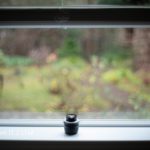
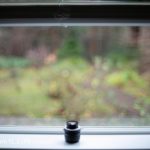
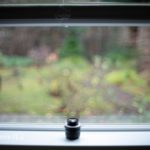
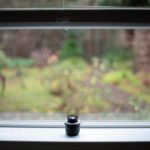
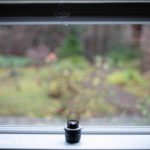
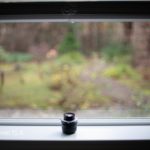
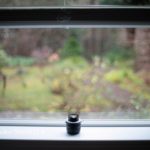
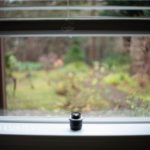
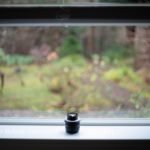
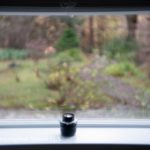
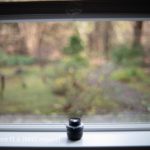
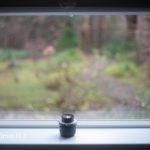
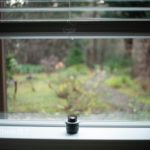
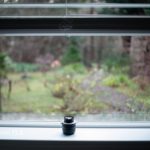
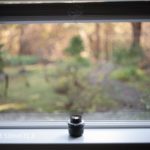
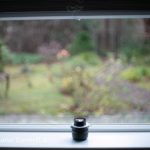
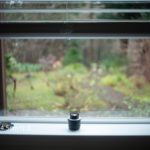
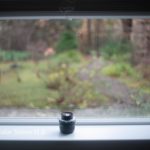
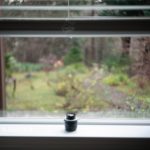
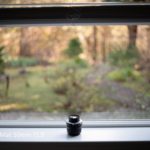
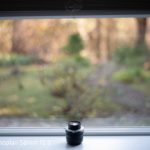
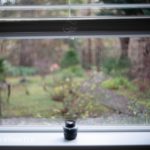
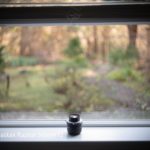
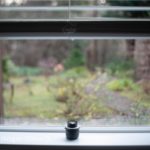
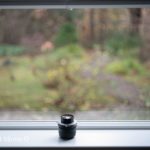
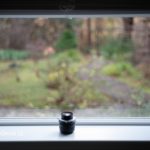
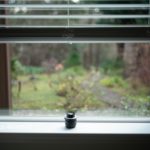
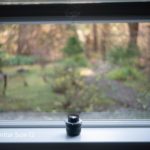
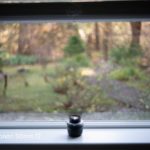
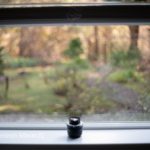
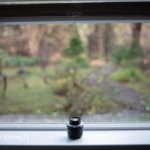
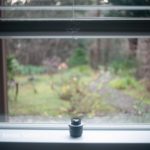
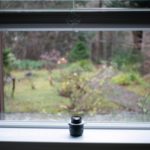
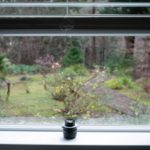
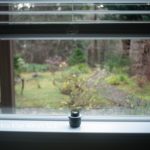
2019/01/10 @ 01:32
The first one and number 25 are my favorites.
2019/01/21 @ 00:31
Good job Toby! I have several of these lenses and love their rendering…especially the Isco-mat 50mm f1.9….love it!
2019/01/21 @ 00:35
Good job Toby! Have several of these lenses….I especially like my Isco-mat 50mm f1.9.
2019/01/26 @ 10:28
Thank you Toby for taking the time to show how these lenses render.
2023/07/15 @ 17:59
Wow, thank you for this comprehensive comparison! There has been a lot of noise in the Internet lately about the Helios “swirly bokeh”. Frankly, I can’t find a reason to get too excited about it, seems everyone’s gimmick now. But – back to your samples – the painterly quality of those blurred backgrounds is amazing. One almost needs no “motif”. Sharp focus is soooo overrated 🙂